The requirements of Japanese garments market are strict, both quality and performances for the products. As one of the most important properties for commercial apparels, color fastness determines the appearance and quality during usage.
JIS L0849 is the Japanese Industrial Standard specifies methods for determining the resistance of the color of the dyed textiles to rubbing. There are two types of rubbing tester with different structures in the standard. Type Ⅰ is crockmeter and type Ⅱ is GAKUSHIN rubbing tester. Why there are two types of rubbing testers in one standard? We will discuss about the differences between the two rubbing machines on testing procedure and testing results to find out the real differences and the answer for the question above.
Testing Procedure
Structure
The significant differences between the two machines are specimen stage and rubbing finger. Type Ⅰ rubbing tester has a flat surface for specimen stage and flat ring-shaped surface for rubbing finger. Type Ⅱ GAKUSIN rubbing tester has a curved surface for specimen stage and curved square rubbing finger. The applying force by loading arm of type Ⅰ rubbing tester is more 7N than the type Ⅱ GAKUSIN rubbing tester.
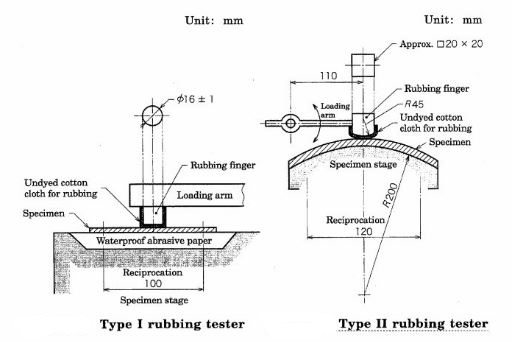
Operation
The reciprocation rate of type Ⅰ machine is twice as faster as that of type Ⅱ GAKUSIN machine. There are different requirements on rubbing times, samples numbers and testing times in the standard.
| Machine | Crockmeter | GAKUSIN rubbing tester |
| Abrasive paper | C-P320, GC-P320 or the one equivalent. | |
| Sample processing | 20℃, 60% for at least 4h. | |
| Rubbing cloth | 50mm×50mm | 60mm×60mm |
| Sample | 140mm×50mm | 220mm×30mm |
| Horizontal reciprocation | 1 time/s | 0.5 time/s |
| Rubbing distance | 100mm | |
| Rubbing number of times | 10 | 100 |
| Sample number for each test | 1 | 6 |
| Time consuming | 10s | 200s |
Testing results
Here are two tables for testing results. One is the testing results for ten woven fabric on latitude direction and the other is for ten knitted fabric on the transverse direction. The grading results are measured by apparatus.
Woven Fabric Testing Results
| Sample | Crockmeter | GAKUSIN rubbing tester |
| 1 | 1.3 | 1.27 |
| 2 | 0.99 | 0.88 |
| 3 | 4.57 | 4.59 |
| 4 | 4.77 | 4.54 |
| 5 | 4.59 | 4.39 |
| 6 | 4.76 | 4.8 |
| 7 | 4.65 | 4.66 |
| 8 | 4.79 | 4.69 |
| 9 | 4.78 | 4.47 |
| 10 | 2.78 | 2.65 |
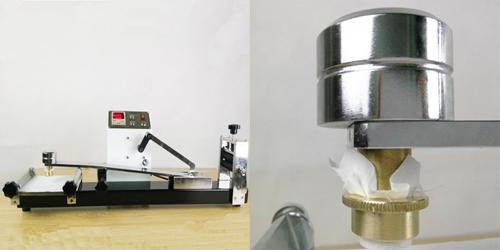
Knitted Fabric Testing Results
| Sample | Crockmeter | GAKUSIN rubbing tester |
| 1 | 2.31 | 2.29 |
| 2 | 2.07 | 1.77 |
| 3 | 2.11 | 2.02 |
| 4 | 2.14 | 2.03 |
| 5 | 4.78 | 4.68 |
| 6 | 2.37 | 2.3 |
| 7 | 2.32 | 2.21 |
| 8 | 4.24 | 3.81 |
| 9 | 4.54 | 4.58 |
| 10 | 3.8 | 2.98 |
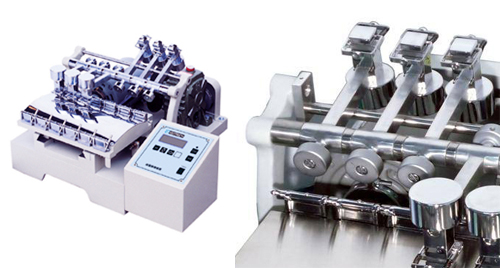
For woven fabrics, testing results of type Ⅰ crockmeter are better than the type Ⅱ GAKUSIN rubbing tester on average, which can be considered as that the type Ⅱ GAKUSIN rubbing tester is stricter than crockmeter for the test. The curved surface of GAKUSIN rubbing tester will avoid the sliding friction of sample following the rubbing finger. This movement reduces the rubbing distance of test by crockmeter.
The other reason is GAKUSIN rubbing tester with curved specimen stage and curved rubbing finger will help sample make full contact with rubbing finger. The testing procedure of GAKUSIN rubbing tester requires less loading weight, more rubbing number of times and longer testing time which can simulate the rubbing effects in daily life better than the crockmeter.
And the truth is that, we have more enquires and orders for GAKUSIN rubbing tester than crockmeter in Asian market. But the sales number is contrary for global market. That’s because the standards of European and American markets require more commonly on crockmeter for color fastness to rubbing. For more fastness testing instruments, you can check the column for more information.






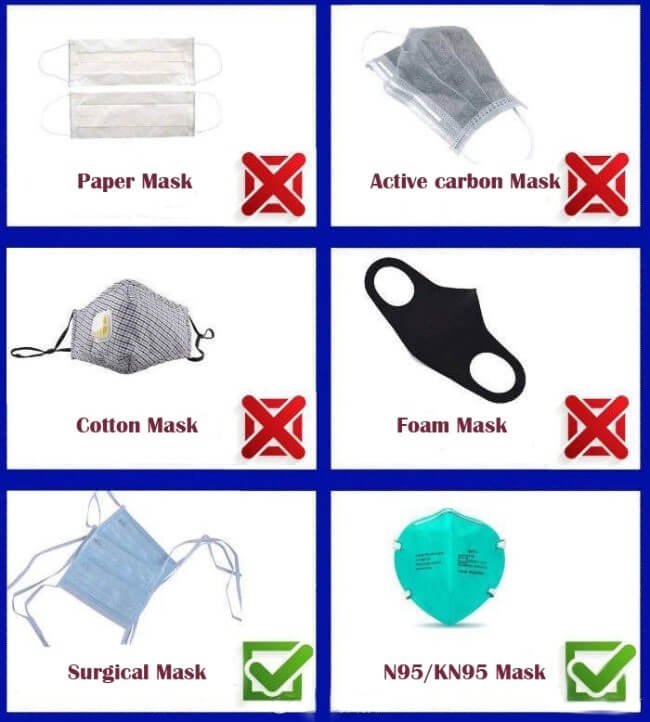
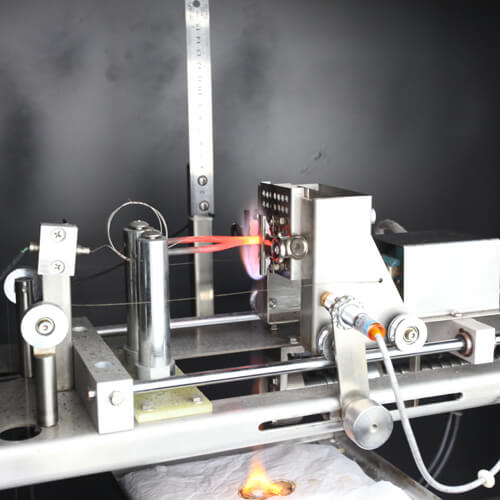
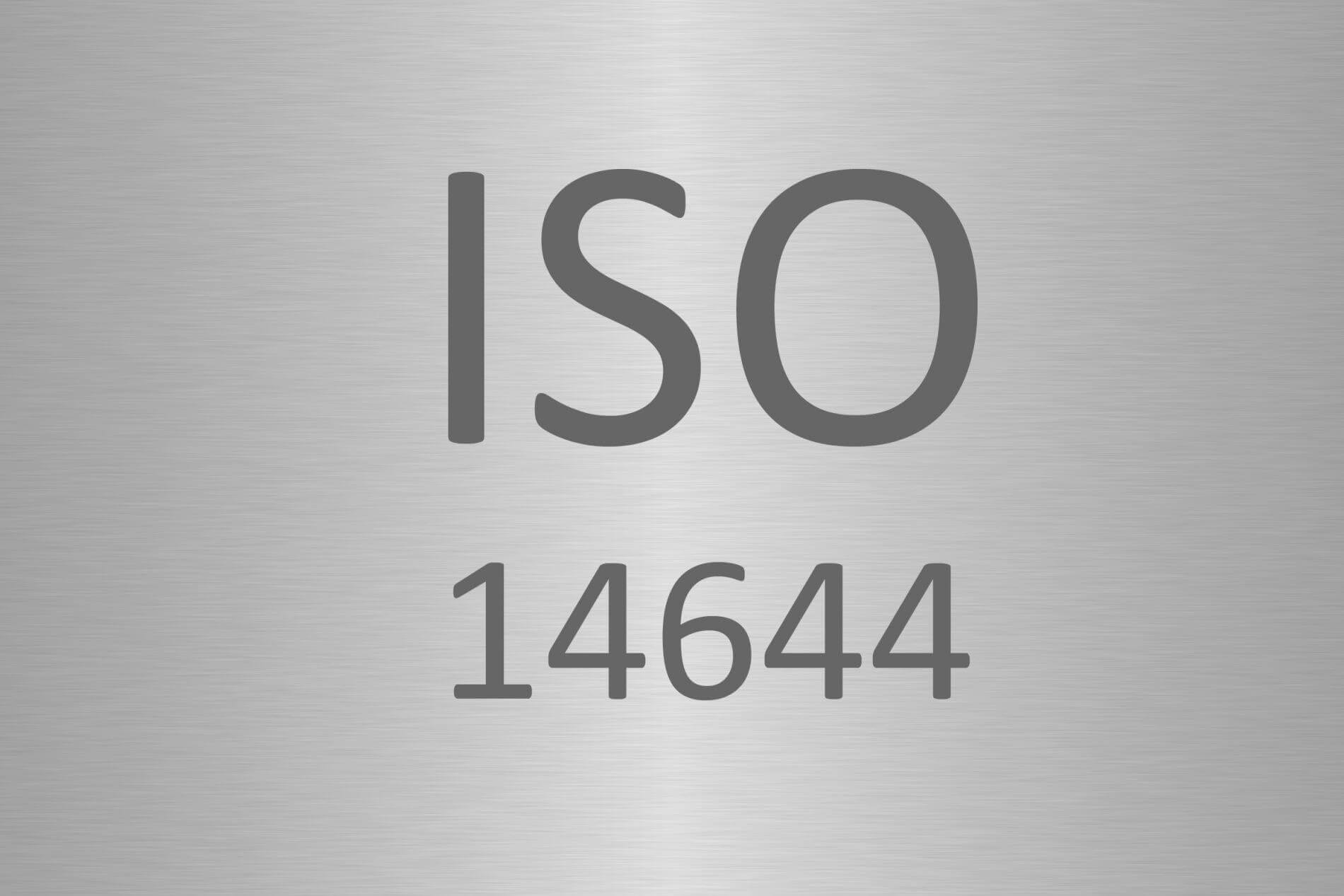
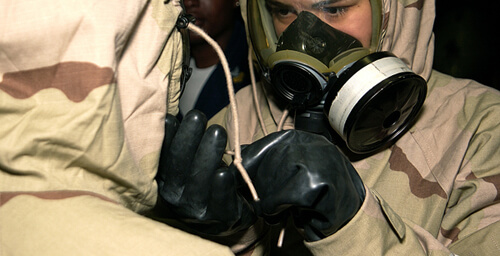
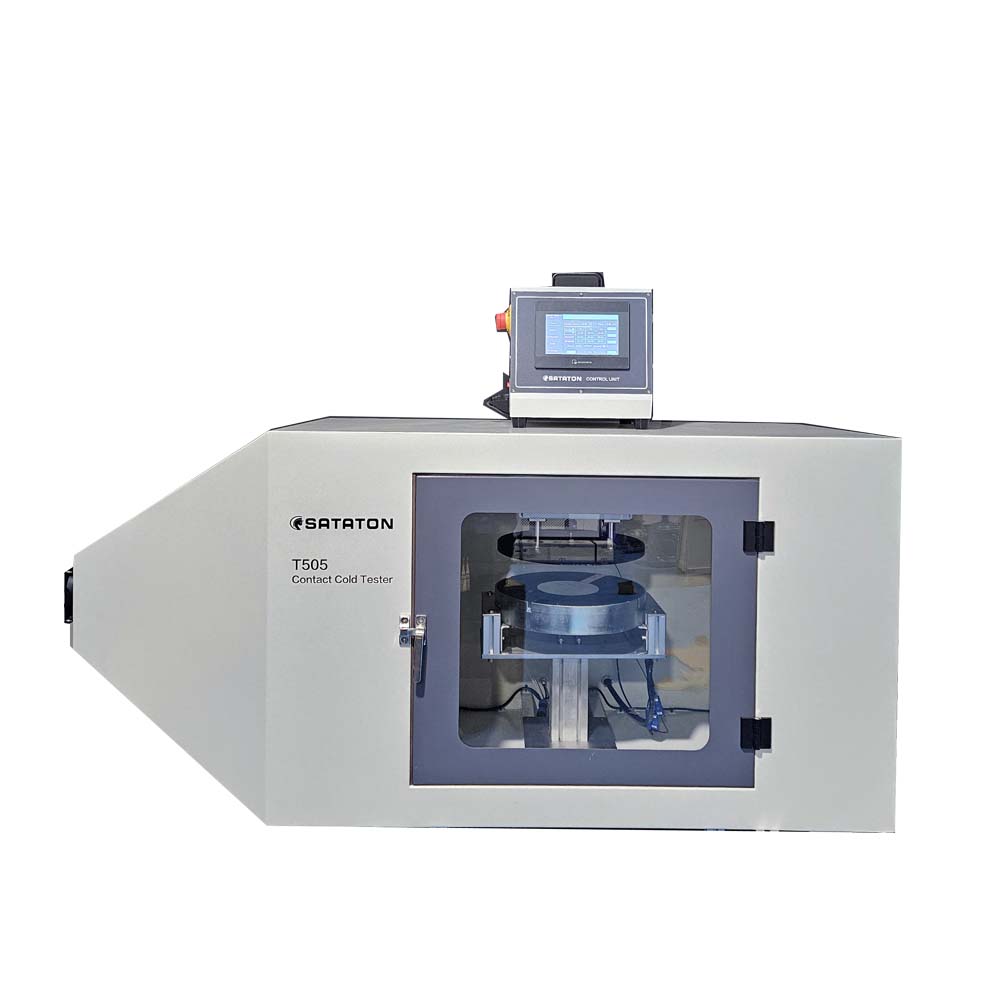
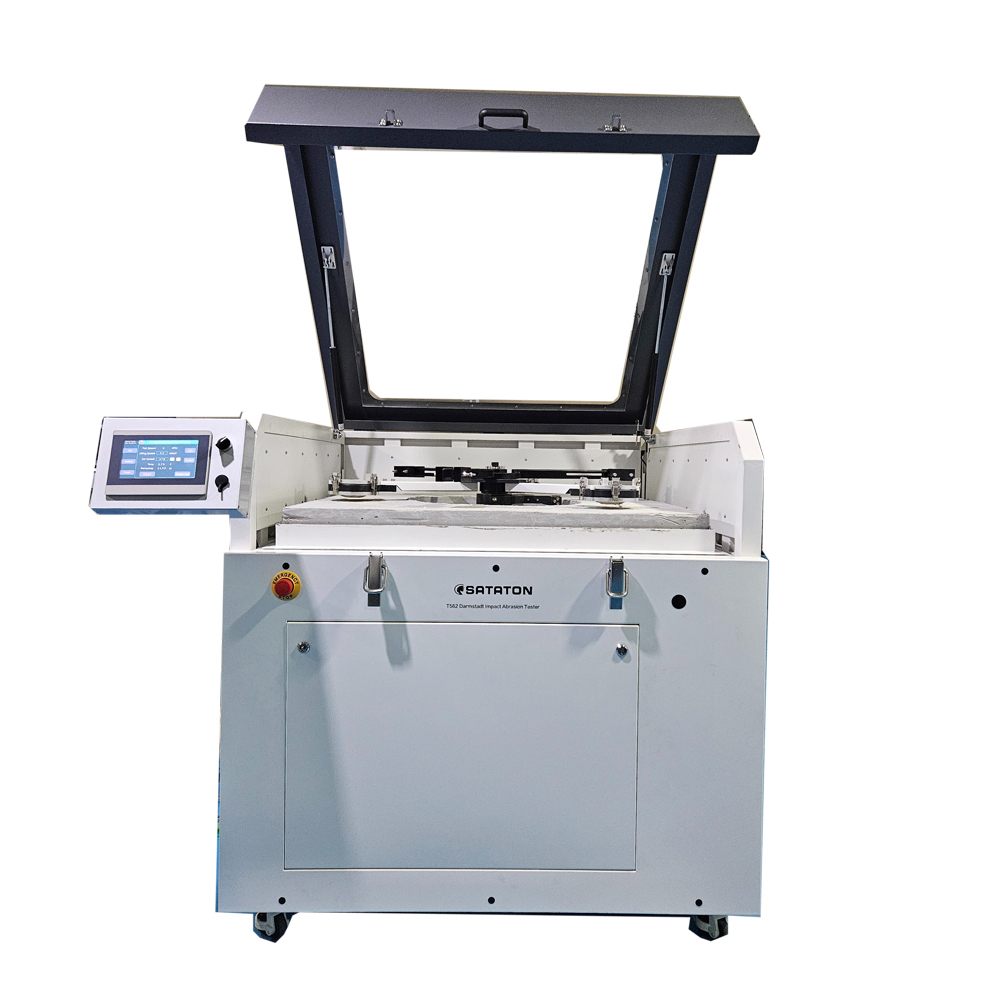
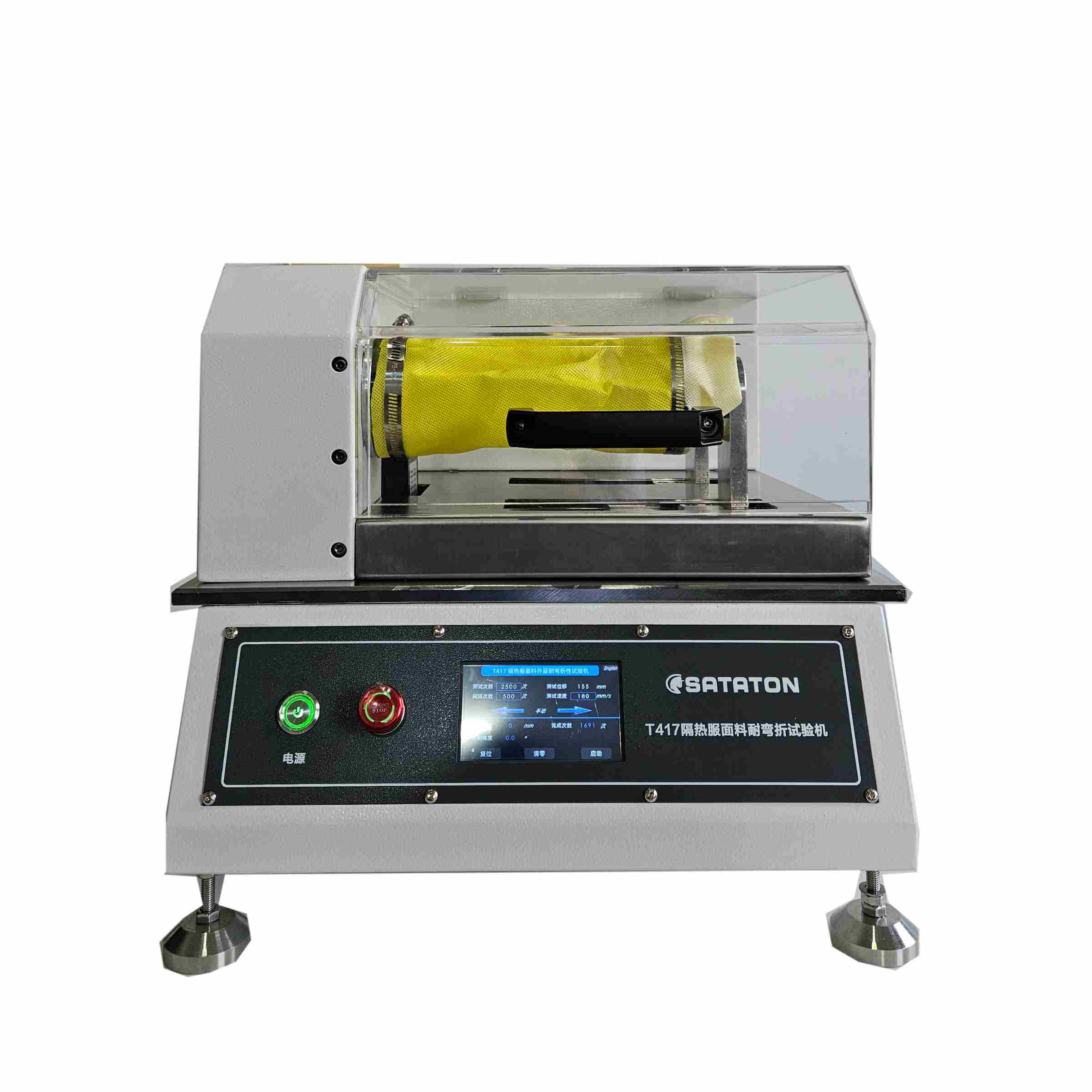
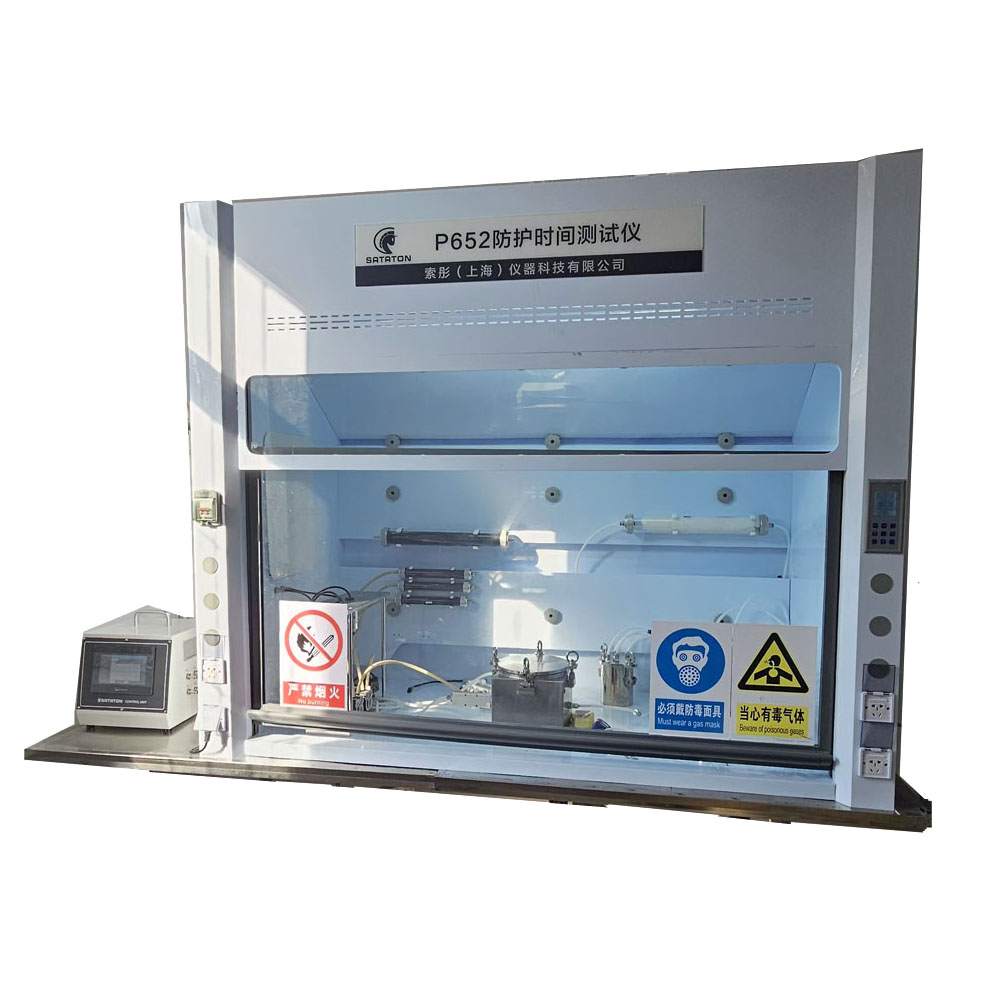
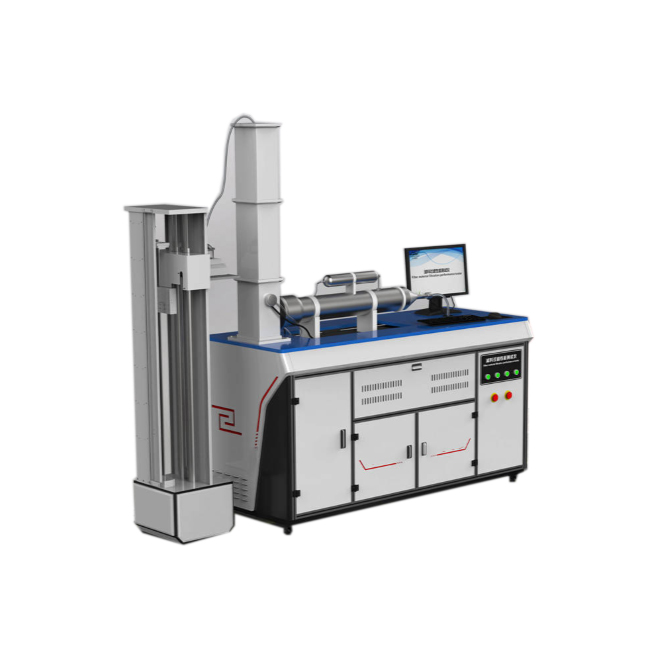
No Views.